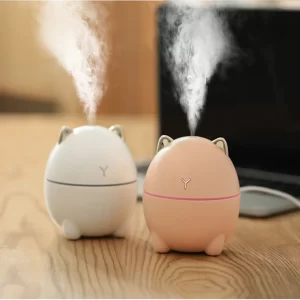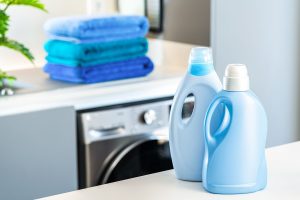Using Bleach in a Washing Machine: Guide for Effective Bleaching
Introduction
Bleach is a powerful and versatile cleaning agent that can be used to brighten and whiten clothes, remove stains, and kill bacteria and germs. When used correctly, bleach can be an effective addition to your laundry routine. However, it is essential to follow proper precautions and guidelines to ensure safe and efficient use. In this comprehensive guide, we will provide a step-by-step approach to using bleach in a washing machine. From selecting the right bleach to understanding the dos and don’ts, each section will offer specific instructions to help you effectively harness the power of bleach and achieve desired results.

Using Bleach in a Washing Machine: Step-by-Step Guide for Effective Bleaching
I. Choose the Right Bleach for Your Laundry Needs
-
Chlorine Bleach:
- Chlorine bleach is effective in removing tough stains, disinfecting, and whitening clothes. It is suitable for white or colorfast items like cotton or polyester. However, chlorine bleach should not be used on delicate fabrics, silk, or wool.
-
Oxygen Bleach:
- Oxygen bleach, also known as color-safe bleach, is gentler than chlorine bleach. It is suitable for both white and colored fabrics. Oxygen bleach is best for removing stains, brightening whites, and maintaining vibrant colors.
-
Read Labels and Instructions:
- Before using bleach, carefully read the labels and instructions provided by the manufacturer. Different brands and types of bleach may have specific usage instructions, dilution ratios, and precautions.
II. Sort and Pre-Treat Your Laundry
-
Read Garment Care Labels:
- Check the care labels on your clothing items to determine if they can be safely bleached. Some fabrics, such as silk or wool, are not bleach-safe and should be kept separate.
-
Pre-Treat Stains:
- Apply a stain remover or a small amount of undiluted bleach directly to stubborn stains or heavily soiled areas of the garments. Follow the product’s instructions for proper application.
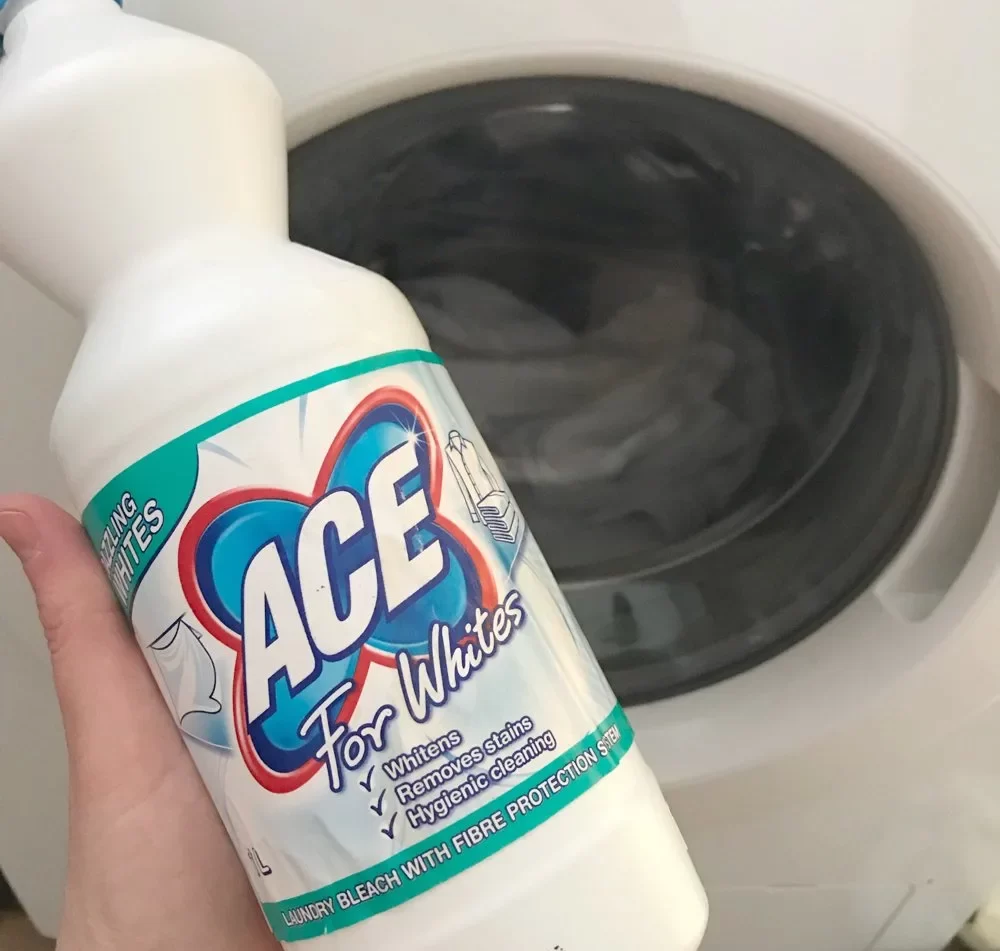
III. Determine the Correct Bleach Amount
-
Read Product Instructions:
- Review the instructions on the bleach container to determine the recommended amount for your specific load size. Customary bleach amounts range between 1/4 cup to 1 cup, depending on the concentration and desired results.
-
Follow Manufacturer’s Guidelines:
- Different bleach brands and types may have specific guidelines regarding dosage and dilution. Adhere to these instructions to prevent over-bleaching and ensure safe and effective use.
IV. Safely Add Bleach to the Washing Machine
-
Load the Machine:
- Place the sorted and pre-treated laundry into the washing machine, ensuring not to overload the machine and allowing ample space for water and detergent circulation.
-
Select Water Temperature:
- Choose the appropriate water temperature based on the fabric care labels and the type of bleach you are using. Hot water helps activate chlorine bleach, whereas oxygen bleach typically performs well in any water temperature.
-
Start the Machine:
- Start the wash cycle, allowing the machine to fill partially with water before proceeding to the next step.
-
Measure and Add Bleach:
- Carefully measure the recommended amount of bleach according to the product instructions. Add the bleach directly to the water in the washing machine, ensuring complete dispersion before adding the clothes.
-
Avoid Direct Contact:
- Never pour undiluted bleach directly onto the clothes, as this can cause spotting or fabric damage. Always dilute bleach in water before adding it to the washing machine.
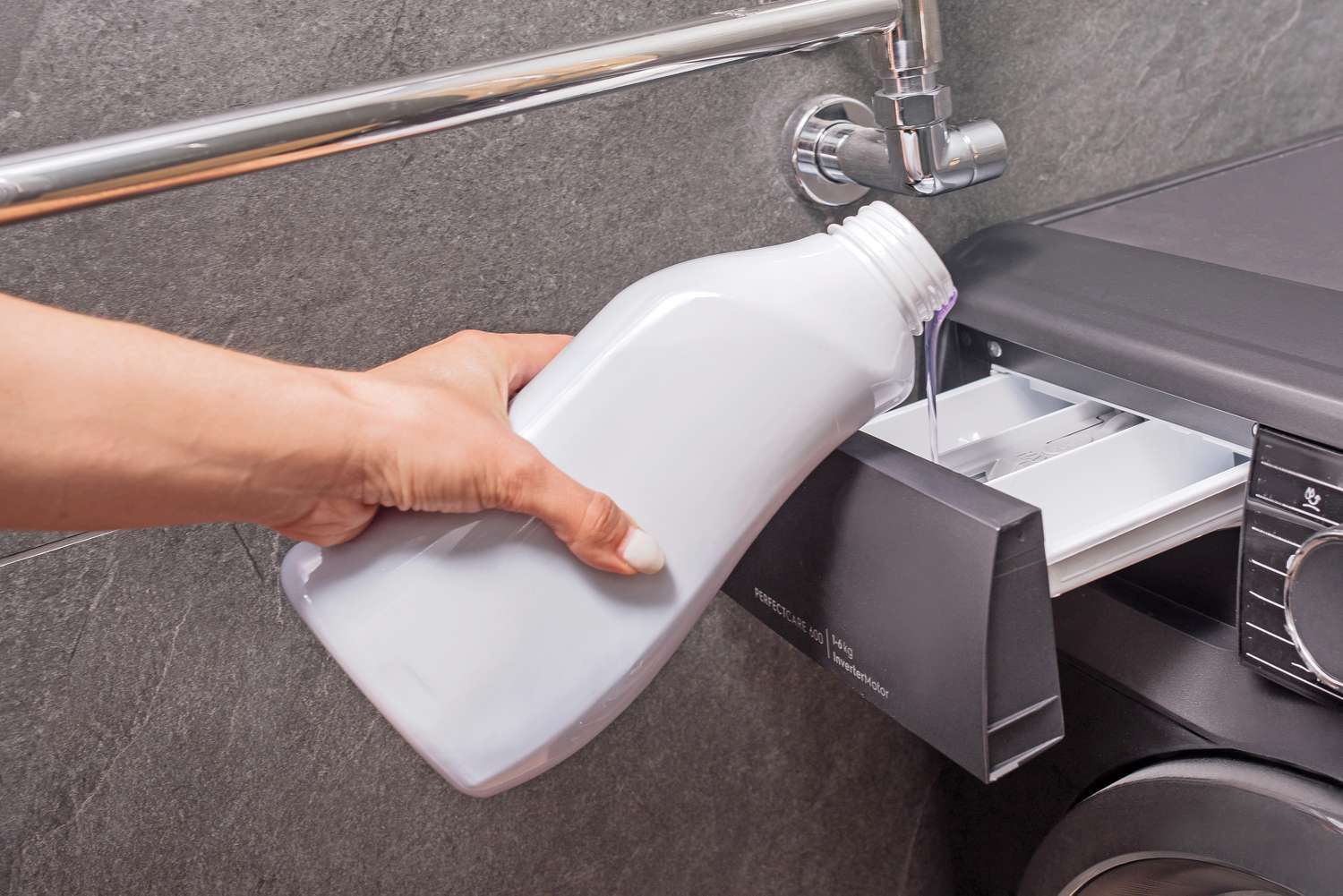
V. Complete the Wash Cycle and Rinse Thoroughly
-
Run the Wash Cycle:
- Allow the washing machine to complete the wash cycle as usual. Follow the recommended settings for the type of fabric and the specific laundry load.
-
Rinse Properly:
- It is essential to rinse your clothes thoroughly after using bleach. This helps remove any remaining bleach residue and prevents discoloration or damage to the fabric.
-
Use an Extra Rinse Cycle:
- If your washing machine offers an extra rinse cycle option, select it to ensure thorough rinsing and remove all traces of bleach from the clothing items.
VI. Caring for Your Bleached Clothes
-
Handle with Care:
- After rinsing, handle the bleached clothes with care to avoid accidental contact with undiluted bleach. Wearing gloves during handling can help protect your hands.
-
Air Dry or Tumble Dry:
- Choose the appropriate drying method based on the fabric care instructions. Some items can be air-dried, while others may be suitable for machine drying. Avoid exposing bleached items to direct sunlight, as it may cause color fading.
-
Wash Separately:
- In future laundry loads, consider washing bleached items separately or with similar colors to prevent possible color transfer. This is especially important for the first few washes after bleaching.
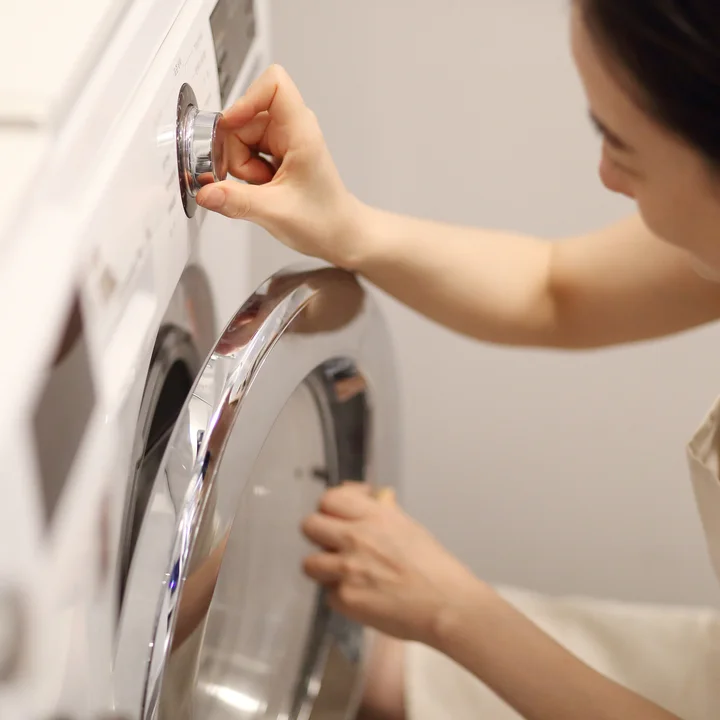
VII. Safety Precautions and Tips for Using Bleach
-
Ventilation:
- Ensure proper ventilation when using bleach to avoid inhaling harmful fumes. Open windows, run fans, or work in well-ventilated areas. If possible, wear a mask to minimize inhalation.
-
Protect Surfaces:
- Avoid contact with surfaces such as countertops, flooring, or garments not intended for bleaching. Protect these surfaces with a barrier like plastic or use bleach-resistant materials.
-
Store Properly:
- Store bleach out of reach of children, in a cool and dry place, away from direct sunlight. Keep bleach containers tightly sealed to maintain effectiveness.
-
Follow Safety Guidelines:
- Adhere to safety guidelines provided on the bleach container. Avoid mixing bleach with other chemicals, as it can produce harmful fumes. Do not ingest bleach or use it near food preparation areas.
Alternative Bleaching Methods: Beyond Traditional Bleach
-
Hydrogen Peroxide:
- Hydrogen peroxide is a milder alternative to chlorine bleach. It can be used to whiten and disinfect clothes. Dilute hydrogen peroxide with water before adding it to the washing machine. Follow the instructions on the bottle for proper usage and dosage.
-
Lemon Juice:
- Lemon juice acts as a natural bleaching agent and can be used for gentle bleaching. Add freshly squeezed lemon juice to the wash cycle or soak heavily stained items in a mixture of lemon juice and water before laundering.
-
Baking Soda:
- Baking soda helps to brighten and deodorize clothes. Add a cup of baking soda to the wash cycle along with your regular laundry detergent for a natural bleaching effect.
-
Vinegar:
- White vinegar can help remove stains and brighten colors. Add half a cup of white vinegar to the wash cycle along with your laundry detergent. It can also be used as a pre-soak for particularly stubborn stains.
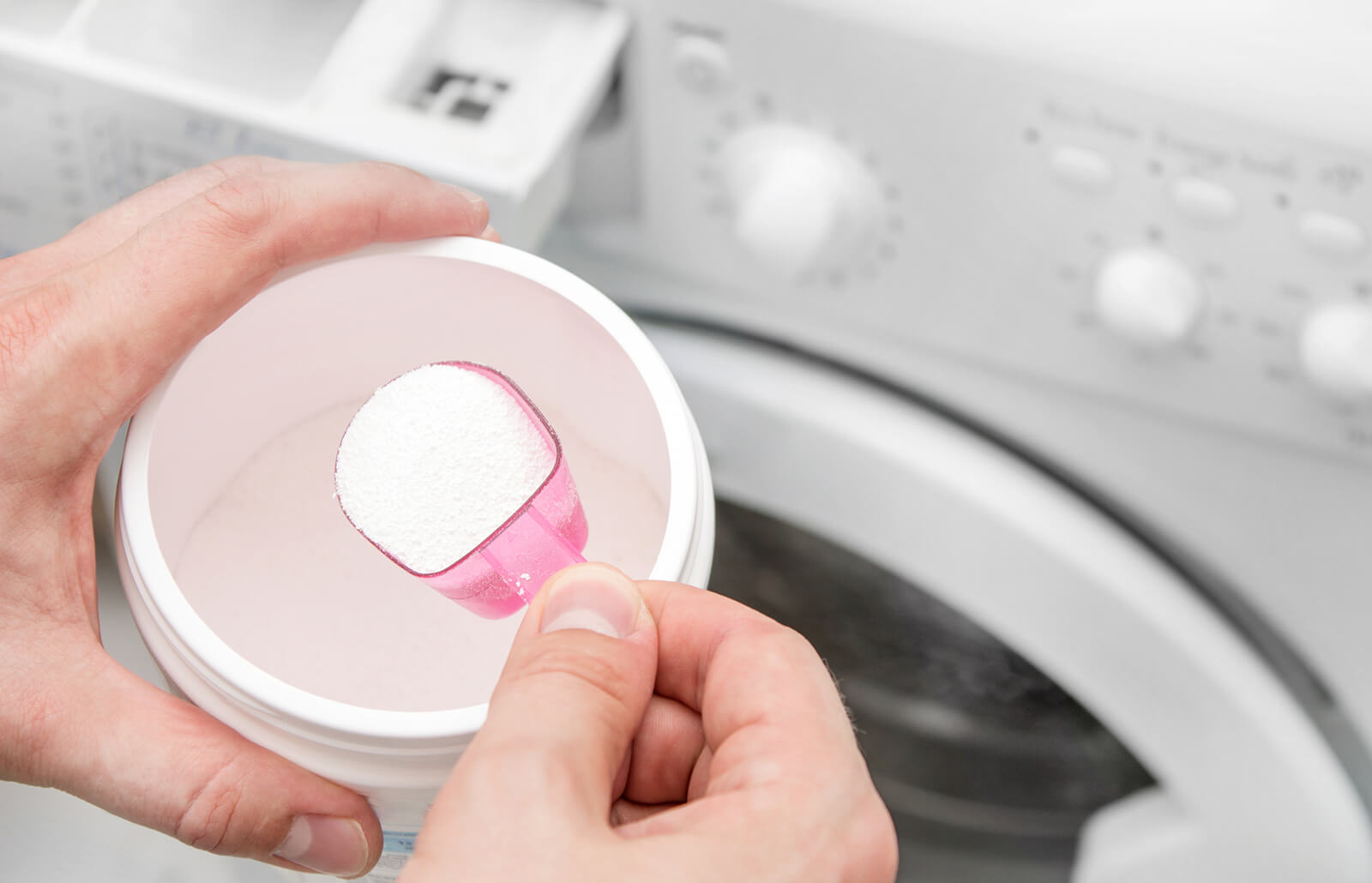
VIII. Conclusion: Effective Use of Bleach in the Washing Machine
Proper use of bleach in a washing machine can help remove stains, brighten whites, and maintain vibrant colors in your laundry. Follow the steps outlined in this guide to ensure safe and effective bleaching. Remember to select the appropriate bleach type, sort and pre-treat garments, measure and add bleach correctly, and carefully follow manufacturer instructions. Safely adding bleach to the washing machine and rinsing items thoroughly will help achieve optimal results.
Exercise caution when handling and storing bleach, and follow safety precautions to minimize any potential risks. By utilizing bleach wisely in your laundry routine, you can effectively enhance the cleanliness and appearance of your clothing.
